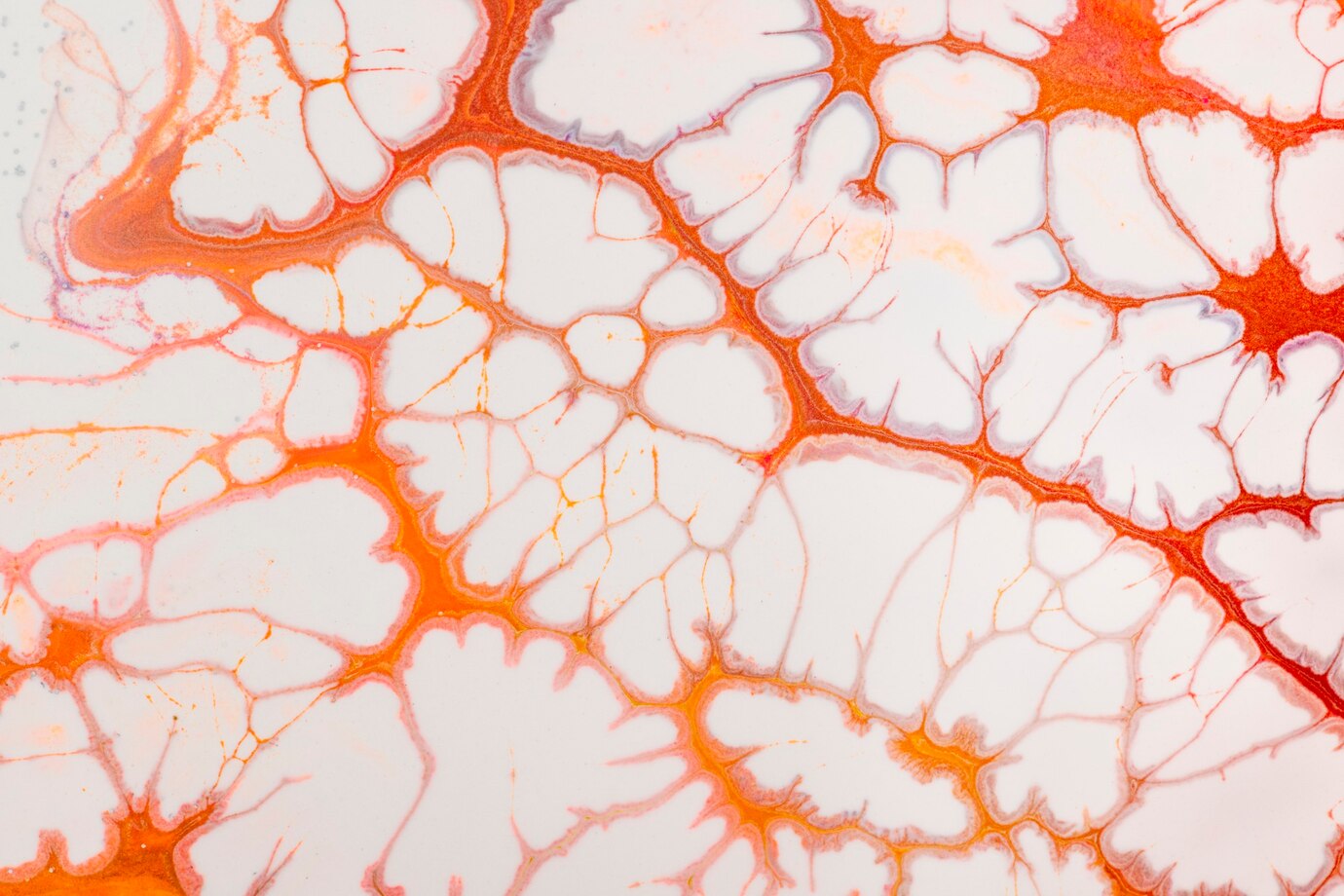Adipose tissue, commonly referred to as body fat, is a vital part of the human body. It serves as the body’s primary storage site for energy, but its role extends far beyond that. Adipose tissue helps regulate metabolism, produces hormones, and provides cushioning and insulation for internal organs. Despite its essential functions, excessive adipose tissue can lead to health issues such as obesity, heart disease, and diabetes.
Adipose tissue exists in two main forms: white and brown fat. White adipose tissue stores energy and insulates the body, while brown adipose tissue burns calories to generate heat. Understanding the balance between these two types is crucial for managing weight and maintaining metabolic health. For individuals seeking weight loss, managing adipose tissue levels is a key component of improving overall health.
Key Takeaways
Adipose tissue stores energy in fat cells, serving as a buffer for organs and helping to regulate body temperature.
There are two main types: white adipose tissue (WAT), which stores energy, and brown adipose tissue (BAT), which burns calories to generate heat.
Excess adipose tissue, especially visceral fat, is linked to serious health risks like heart disease and type 2 diabetes.
Weight loss strategies focus on a caloric deficit, exercise, and balanced hormones to manage adipose tissue levels.
Medical weight loss interventions, including medications, therapy, and surgeries, may target adipose tissue in severe cases.
Table of Contents
Understanding Adipose Tissue and Its Role in the Body
The Function and Composition of Adipose Tissue
Adipose tissue is a specialized connective tissue composed primarily of adipocytes (fat cells). These cells store energy in the form of lipids (fats) and release energy when the body requires it. Adipose tissue also contains immune cells, nerve cells, and blood vessels, all of which contribute to its role in overall health.
Adipose tissue serves several critical functions:
- Energy Storage: Fat cells store excess energy from food in the form of triglycerides.
- Insulation and Protection: Adipose tissue cushions vital organs and helps maintain body temperature.
- Hormone Production: Adipose tissue releases hormones like leptin (regulates hunger) and adiponectin (influences metabolism).
Metabolism Regulation: Fat cells help regulate how the body processes and stores energy.
Types of Adipose Tissue
There are two primary types of adipose tissue:
- White Adipose Tissue (WAT): White fat stores energy and provides insulation. It is the more abundant type of fat in adults.
- Brown Adipose Tissue (BAT): Brown fat generates heat by burning calories. It is more common in infants and decreases with age.
A third type, beige fat, is a form of white fat that can convert into brown fat under certain conditions, such as exposure to cold or physical activity.
Where Adipose Tissue is Stored
Adipose tissue is stored in various locations throughout the body:
- Subcutaneous Fat: Located beneath the skin, this fat helps regulate body temperature.
- Visceral Fat: Stored around internal organs, excessive visceral fat is linked to health risks like heart disease and insulin resistance.
- Intramuscular Fat: Stored within muscle tissue, this fat serves as a readily available energy source during physical activity.
Adipose Tissue and Medical Weight Loss
The Impact of Excess Adipose Tissue on Health
While some adipose tissue is essential for health, excessive fat accumulation can lead to chronic health problems. High levels of visceral fat, in particular, are linked to increased risk of:
- Heart Disease: Excess fat can elevate cholesterol and blood pressure levels.
- Type 2 Diabetes: Fat accumulation around organs can lead to insulin resistance.
- Metabolic Syndrome: A combination of high blood sugar, obesity, and high blood pressure.
- Inflammation: Adipose tissue releases inflammatory molecules, contributing to systemic inflammation.
Adipose Tissue and Weight Loss Strategies
Reducing excess adipose tissue requires a balanced approach involving diet, exercise, and lifestyle changes. Common strategies include:
- Caloric Deficit: Consuming fewer calories than the body burns leads to fat loss.
- Exercise: Strength training increases muscle mass, which raises the body’s resting metabolic rate (RMR).
- Healthy Fats: Incorporating unsaturated fats (like those from avocados and nuts) can improve fat metabolism.
- Hormonal Balance: Improving sleep and managing stress supports hormonal regulation of fat storage and metabolism.
Medical Interventions for Adipose Tissue Reduction
In medical weight loss programs, healthcare professionals may use various interventions to target excess adipose tissue:
- Medications: Prescription medications can help regulate appetite and metabolism.
- Behavioral Therapy: Counseling and support can address emotional and behavioral factors affecting weight.
- Surgical Options: In severe cases, liposuction or bariatric surgery may be recommended.
Turn fat into an asset, not a burden!
Frequently Asked Questions
White fat stores energy, while brown fat burns calories to produce heat.
Yes, exposure to cold and regular exercise can stimulate brown fat production.
Visceral fat is linked to heart disease, diabetes, and inflammation.
Diet plays a key role, but combining it with exercise yields better results.
Subcutaneous fat is less harmful than visceral fat but can contribute to obesity-related issues if excessive.
Fat cells release hormones like leptin (appetite regulation) and adiponectin (metabolism regulation).
Yes, metabolism slows with age, leading to increased fat storage.
Yes, stress increases cortisol levels, promoting fat storage around the abdomen.
Moderate levels provide energy for physical activity, but excessive amounts may contribute to insulin resistance.
Under certain conditions, such as cold exposure and exercise, white fat can convert to beige fat, which behaves like brown fat.

